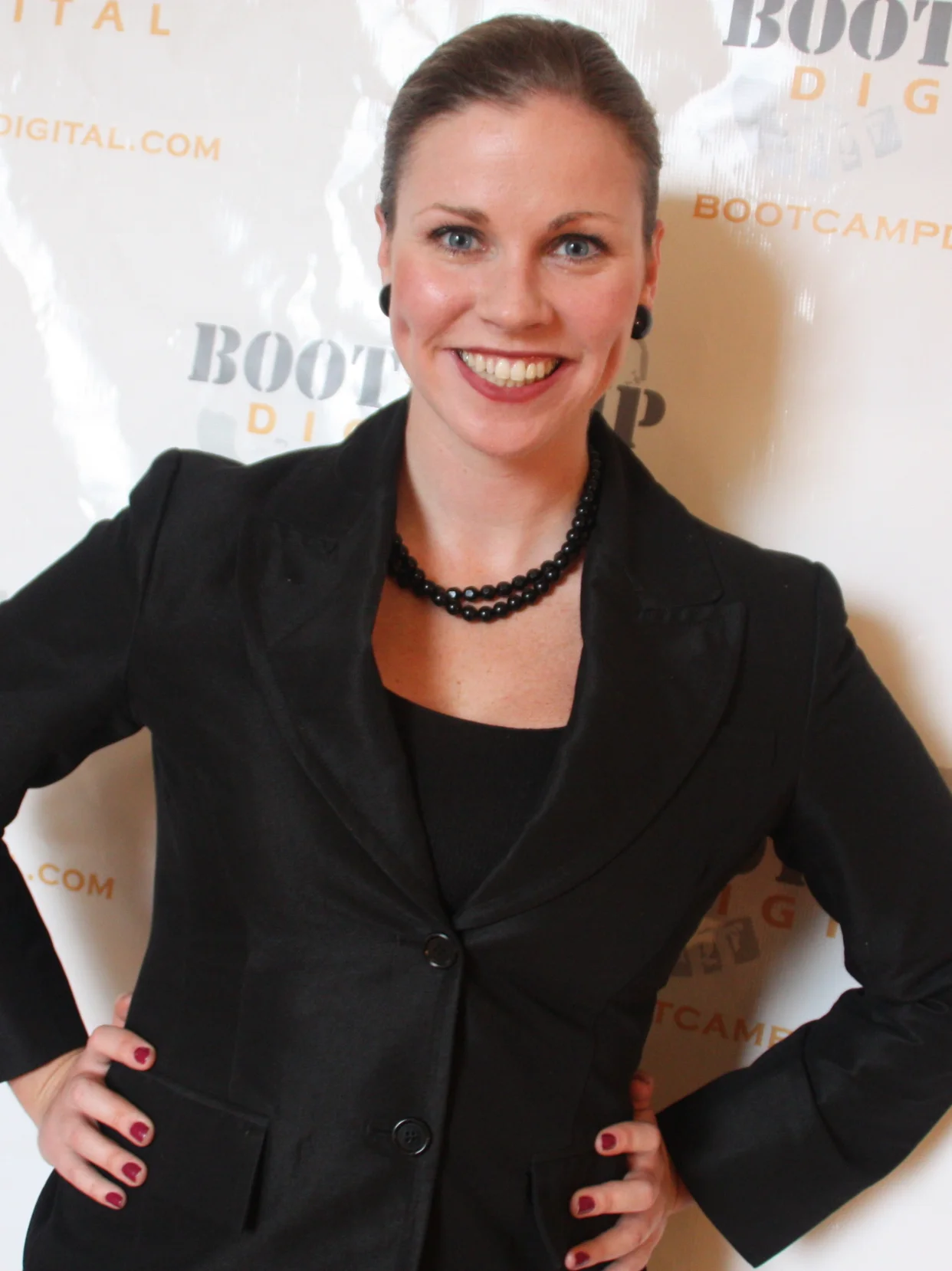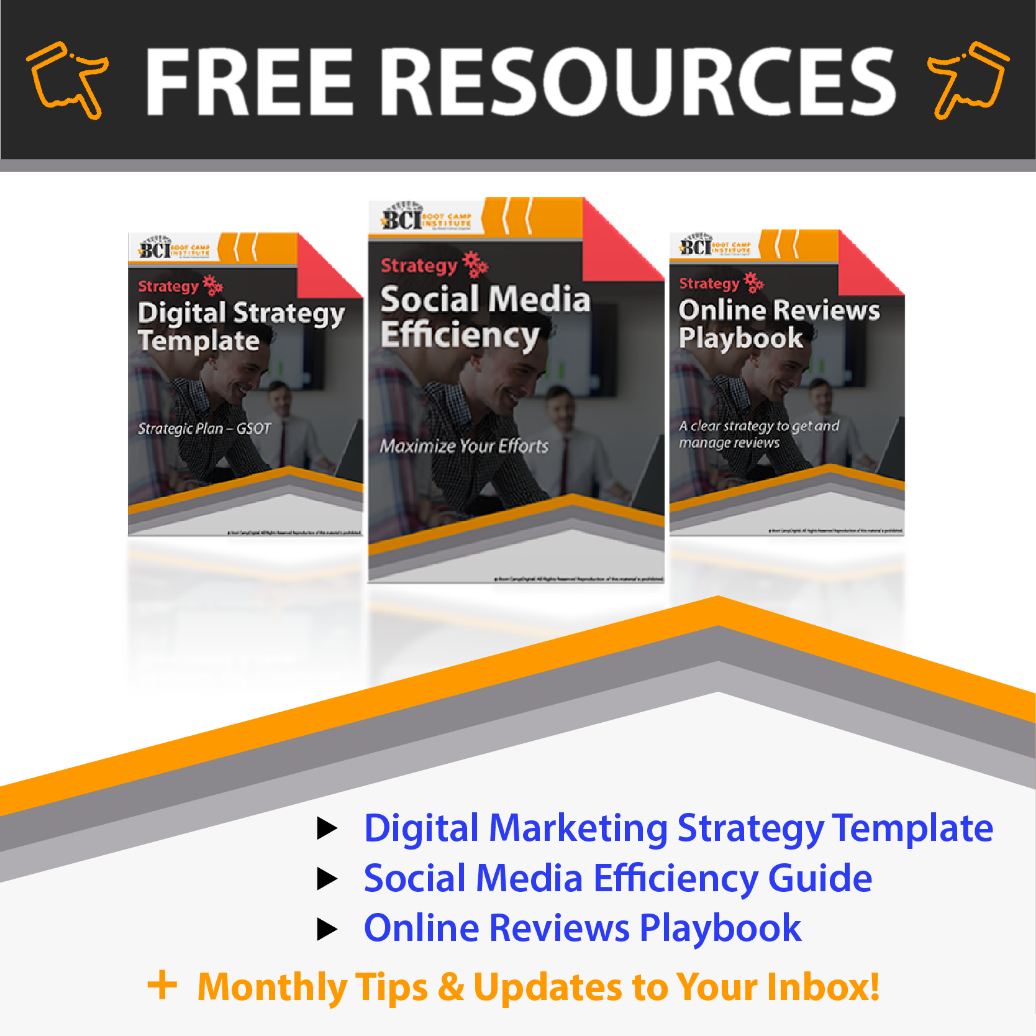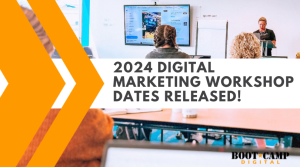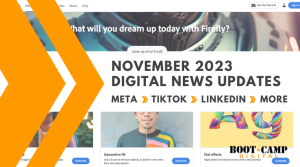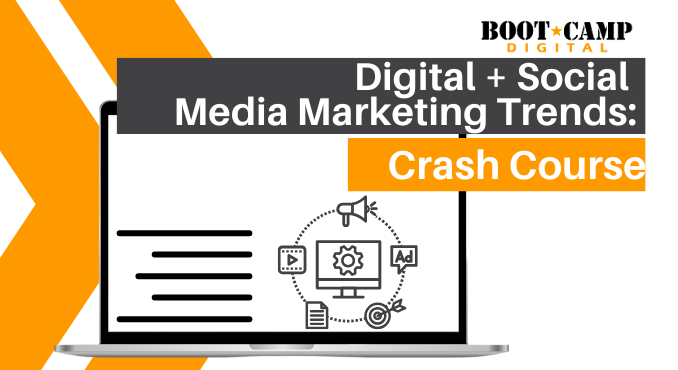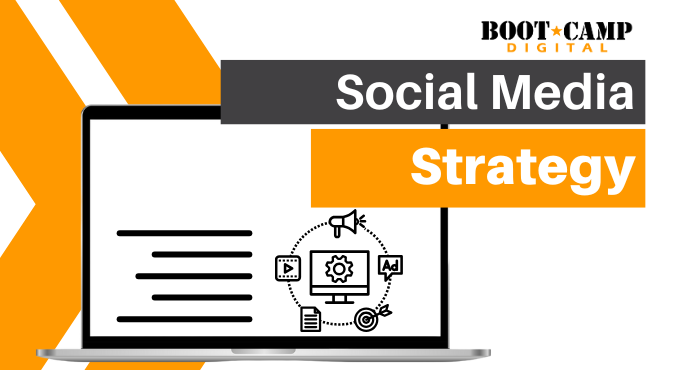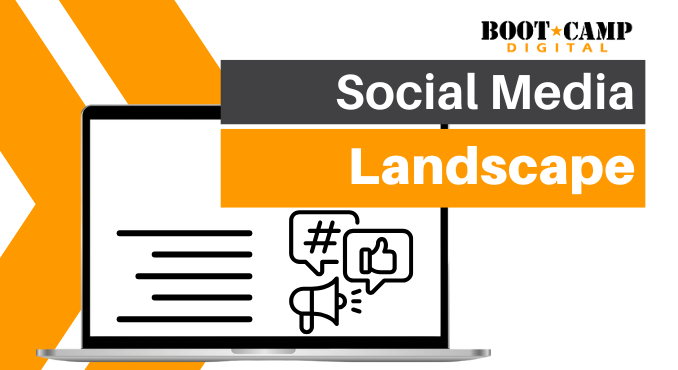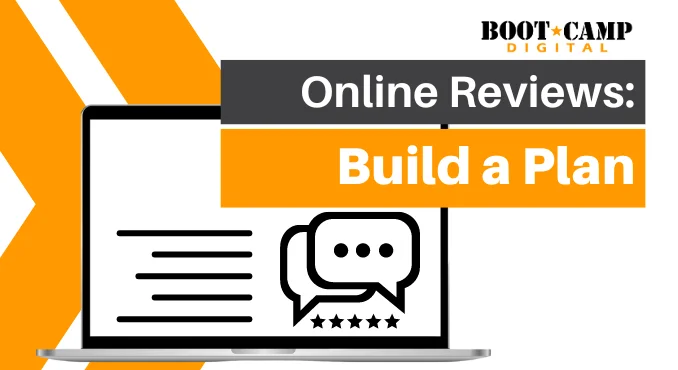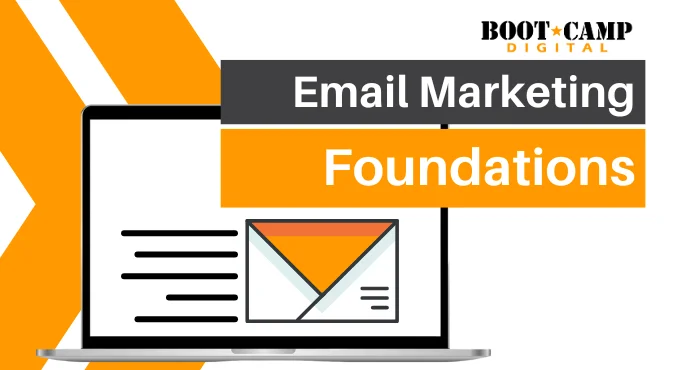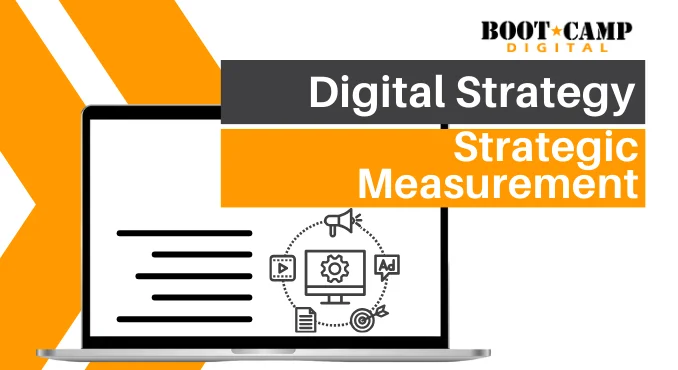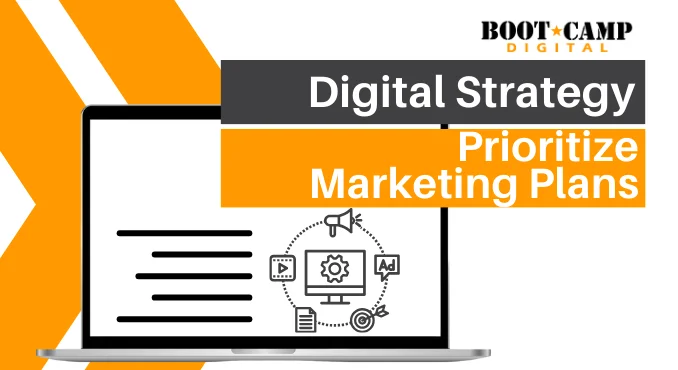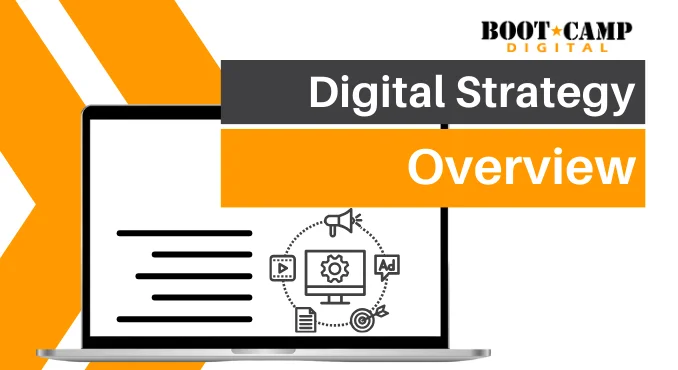Facebook is big and getting bigger with over 300 million active users of which over 50% are active every day.
While Facebook is clearly an engaging platform for users to connect with friends, marketers have struggled with how to use the massive audience on Facebook to build their businesses.
Here are the top mistakes that companies are making on Facebook.
1. Not Starting with a Strategy
Where most people go wrong with Facebook is not starting strategically. Like many social media tools (and any kind of marketing for that matter), a solid strategy at the outset is key to success. Who are you trying to target, what is your message, how will you reach them and what is in it for them?
To Overcome This: Take time before starting the page to understand exactly who you are targeting and what your message is.
2. Focusing on the Number of Fans/Friends/Followers
Despite its lack of real relevance, many people focus on the number of fans or group members that they have. Get over it. I have met with a number of clients who have said “we need to get on Facebook because our competitor has X number of fans and we hardly have any”. The number of fans doesn’t matter – it is how you engage them.
How to avoid this: Don’t let your manager use numbers as a key metric. It isn’t difficult to get fans or followers, but it isn’t relevant. Explain that a balanced approach helps measure what really matters based on your strategy.
3. Lack of Creativity
It isn’t just about creating the asset – the page, the event, the ad campaign. It is about the creative execution. To engage on Facebook you need to have a strong creative execution. What is the content for the page? How does it ad value? What is exciting or interesting for your fans/friends/followers?
A successful Facebook strategy requires a great creative execution – run contests, communicate with members, share photos and videos, do something interesting.
A great example of this is the Petcentric fan page – they have photo contests with voting that keeps fans coming back for more.
How to avoid it: Do creative brainstorming. Spend some time and energy coming up with an exciting creative plan for your Facebook assets. Build a content plan. Create promotions.
4. No Fan Engagement
Lack of creativity leads into the next point – no fan engagement. Many companies create a fan page, invite their friends or buy ads and then forget about the page. An effective Facebook strategy actively engages fans.
To Avoid This: Build a content plan that is relevant and engaging to your audience. What will you post when? How will you engage and encourage your fans to post? What is in it for them. Build an engagement plan, not just a page.
5. Not Monitoring Discussions
Nothing looks worse than fan pages where the company is not active and responding to their fans. Monitor your fan page for activity and respond to relevant questions or comments.
I was once on a fanpage where fans were questioning the company policy. The company didn’t respond and looked weak.
How to Avoid This: Monitor your facebook page regularly and have someone who is empowered to respond on behalf of your organization.
6. Not Owning Your Fan Page
A number of companies have issues where their fan page is created and administered by an actual fan, and not the company. The issue is that fans assume that fan pages are run by the company, and expect the company to play an active role.
While having a real fan own your page may not immediately present issues, you can’t predict when, why or how issues will arise.
How to Avoid This: Contact the fan who created the fan page and try to get the page back. You can always work through Facebook, but that may upset the original owner (who is your biggest fan afterall).
7. Not looking at Analytics
Facebook fan pages now have insights and analytics. You can see how engaging your page is. This is a great tool to understand what is effective and to continuously refine and improve your Facebook fan page.
Analytics will help you understand what is working and what isn’t.
How to Avoid this: Look at analytics and make changes based on them.


